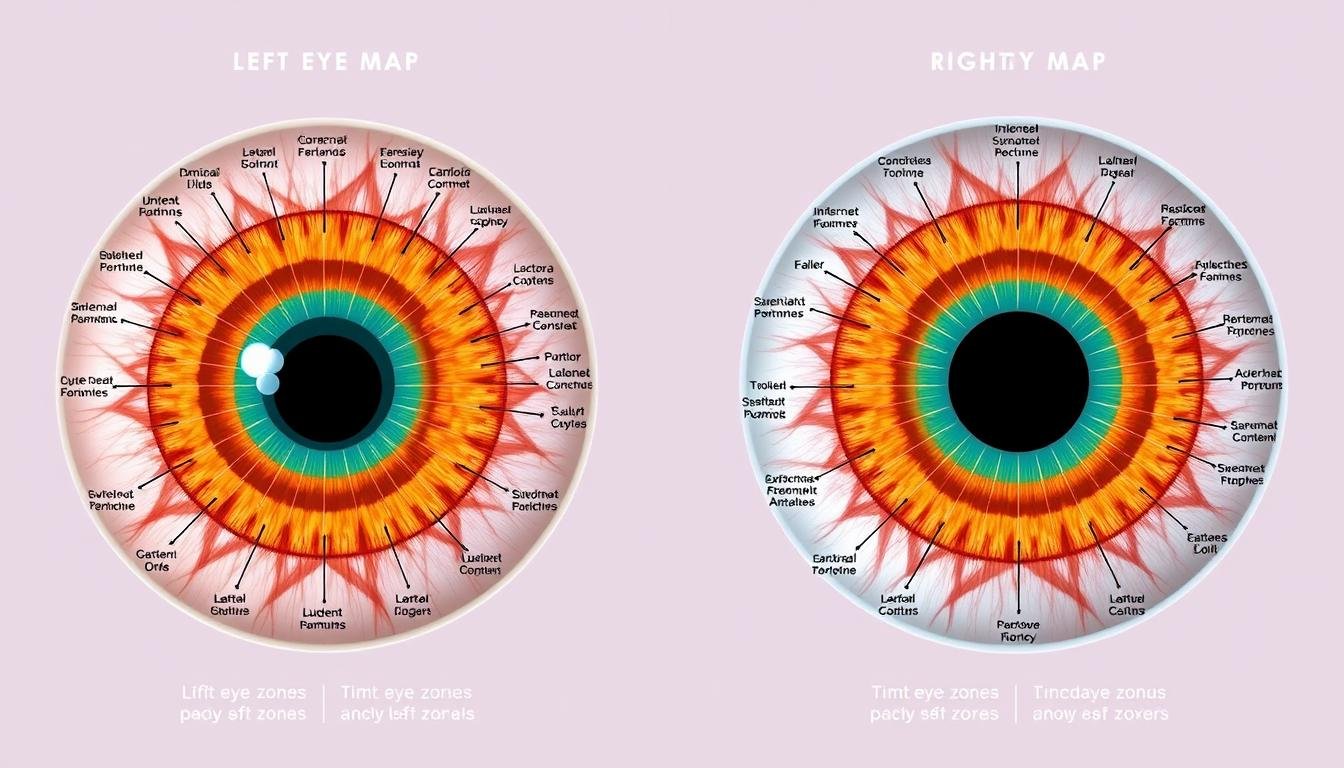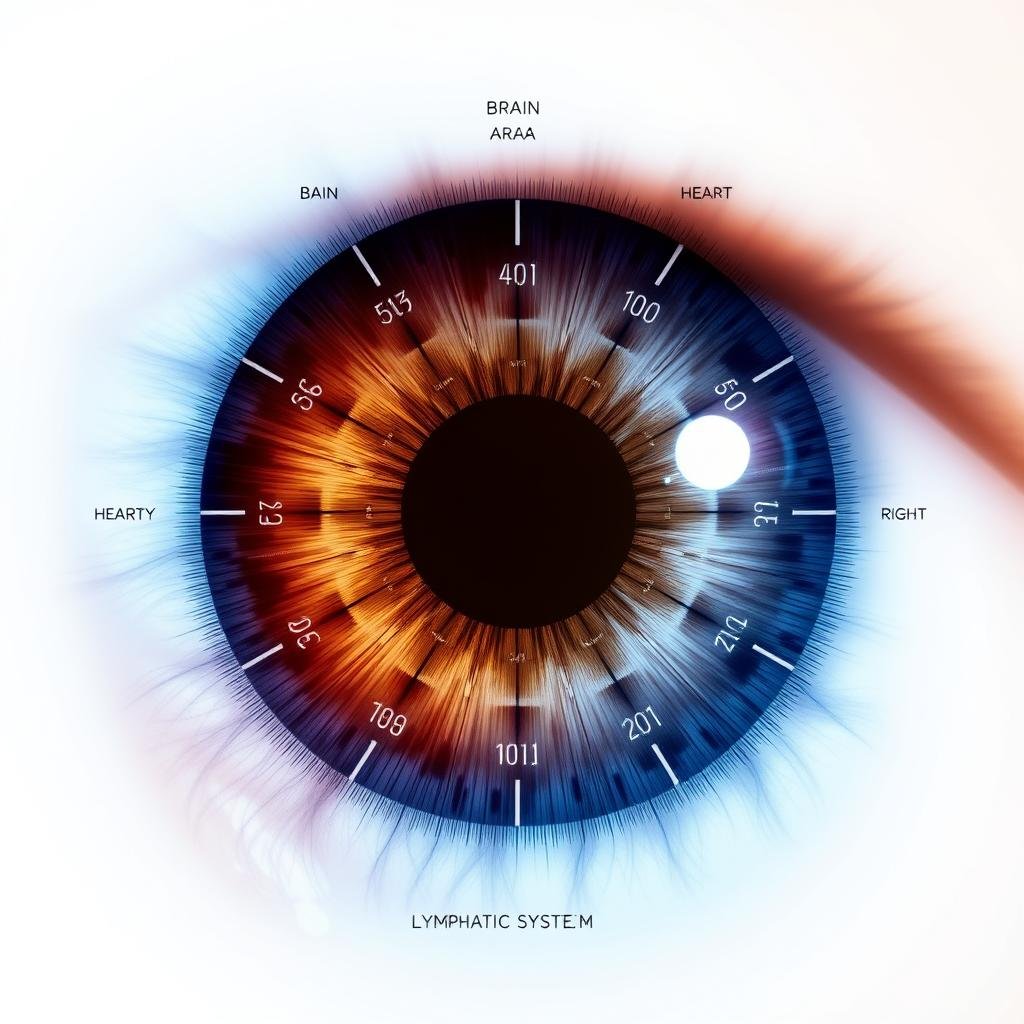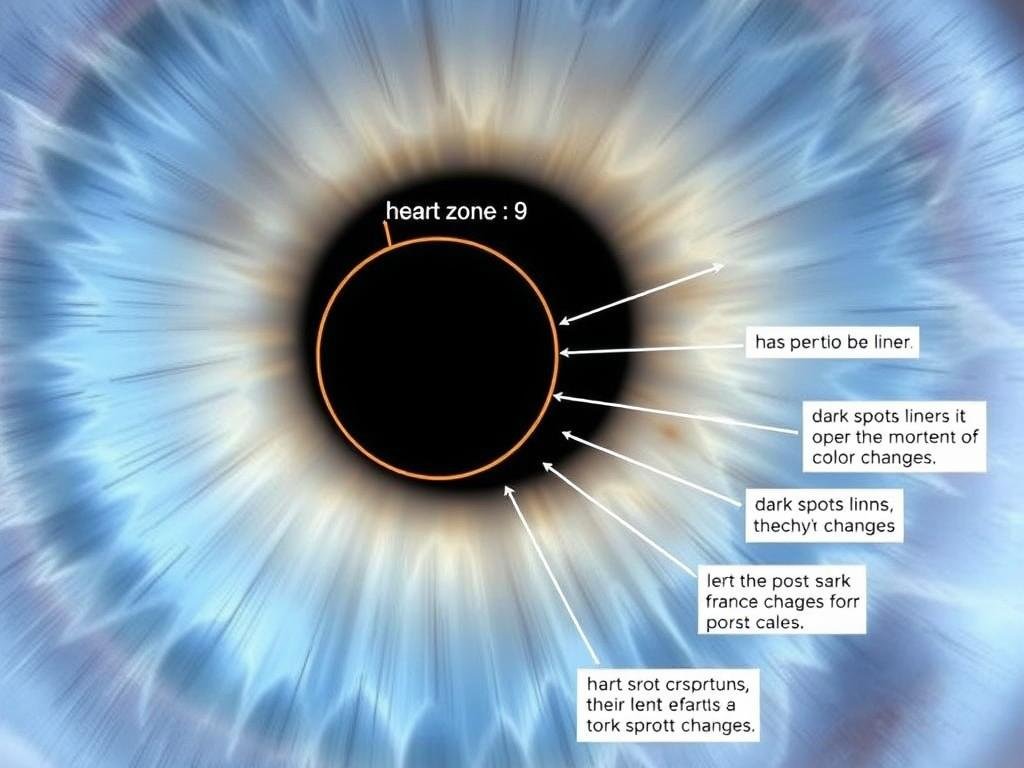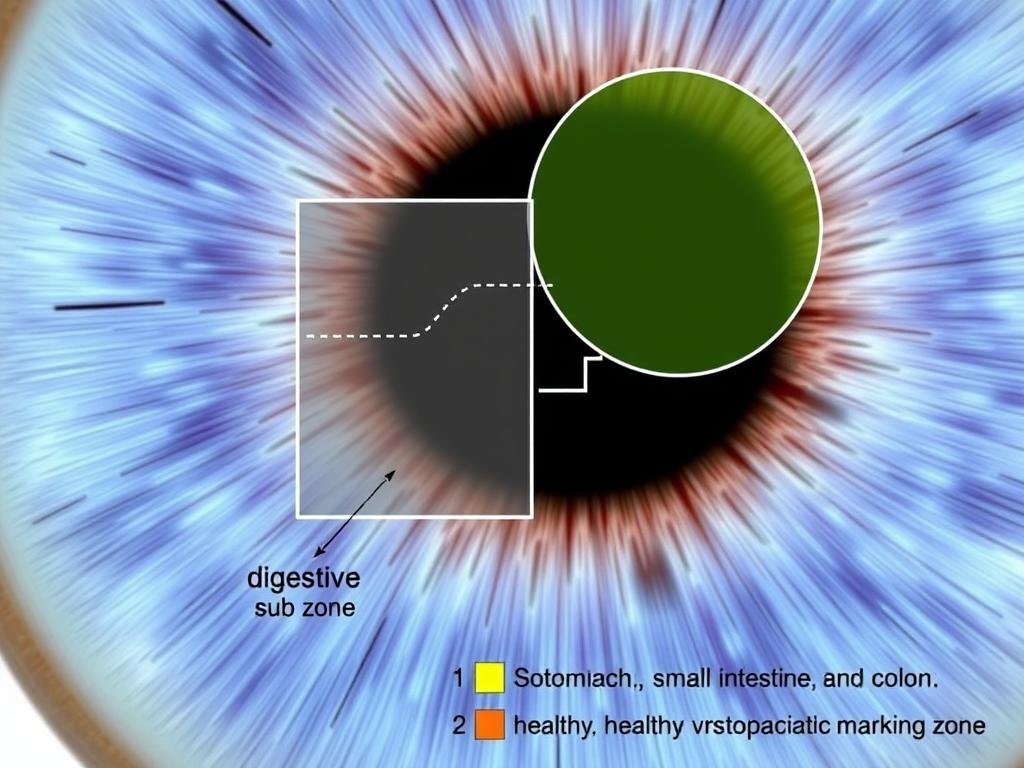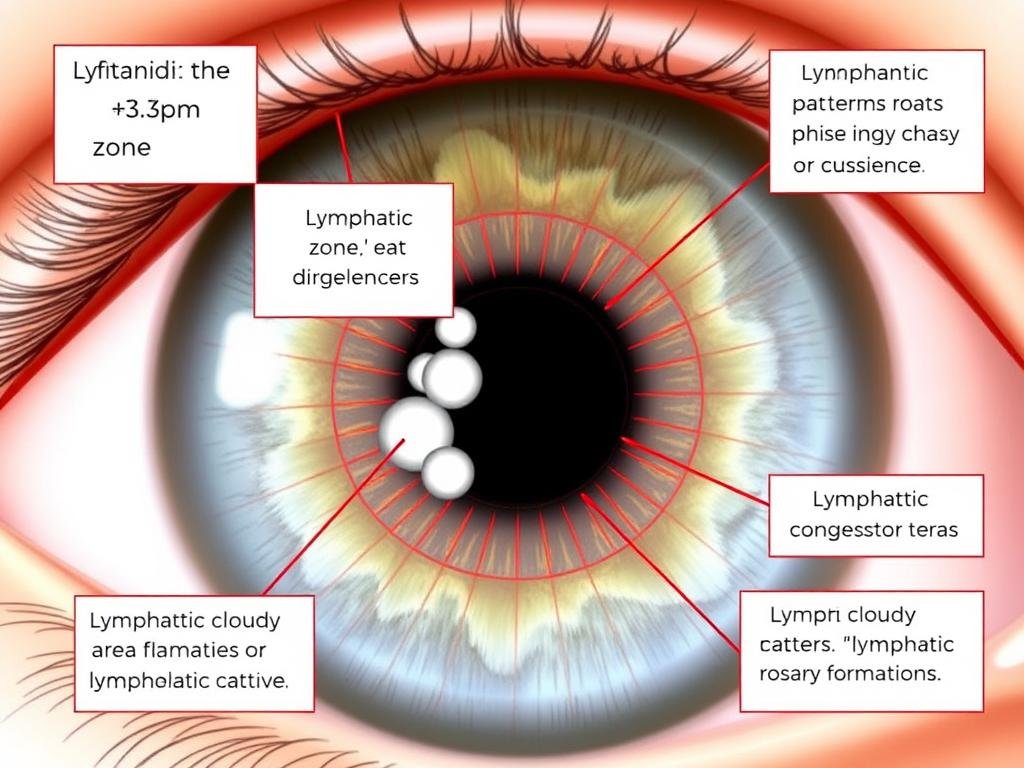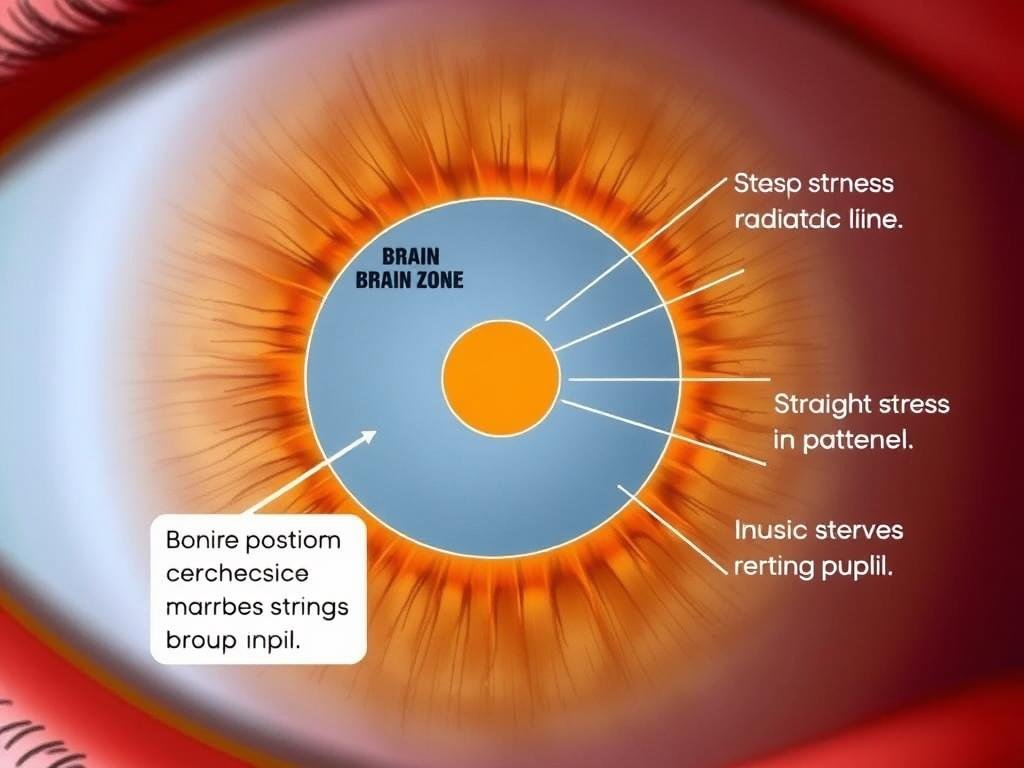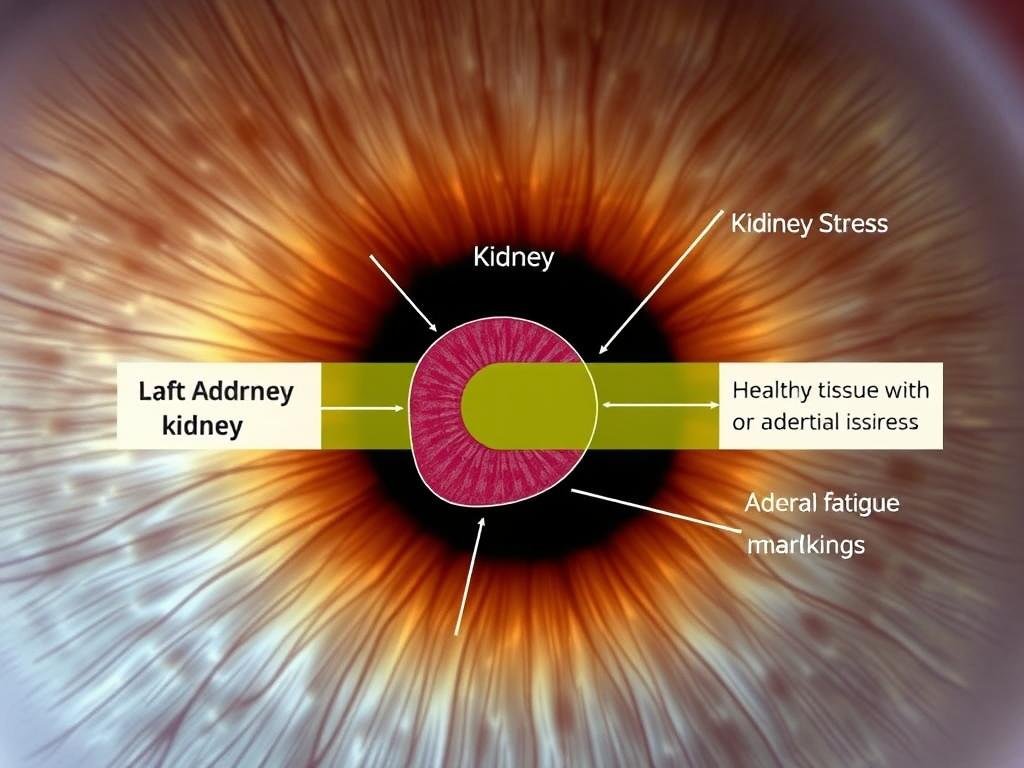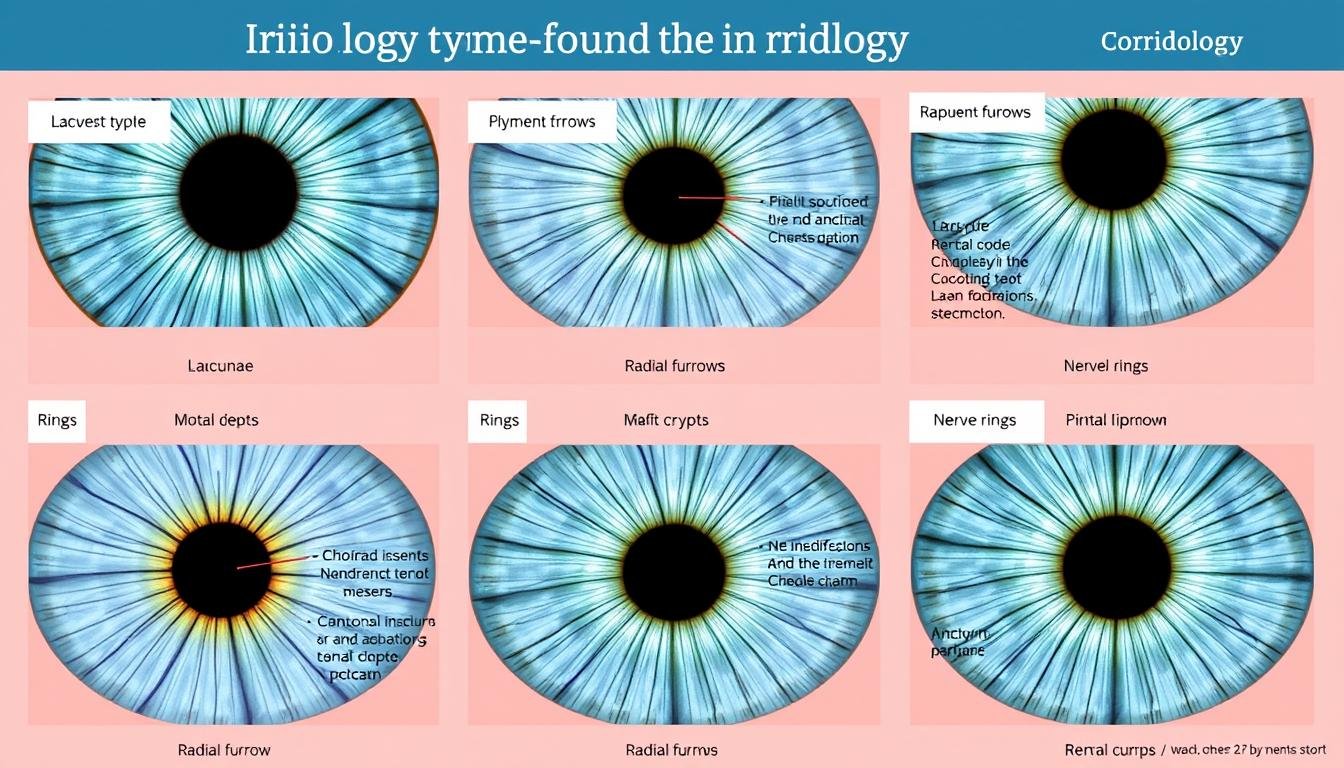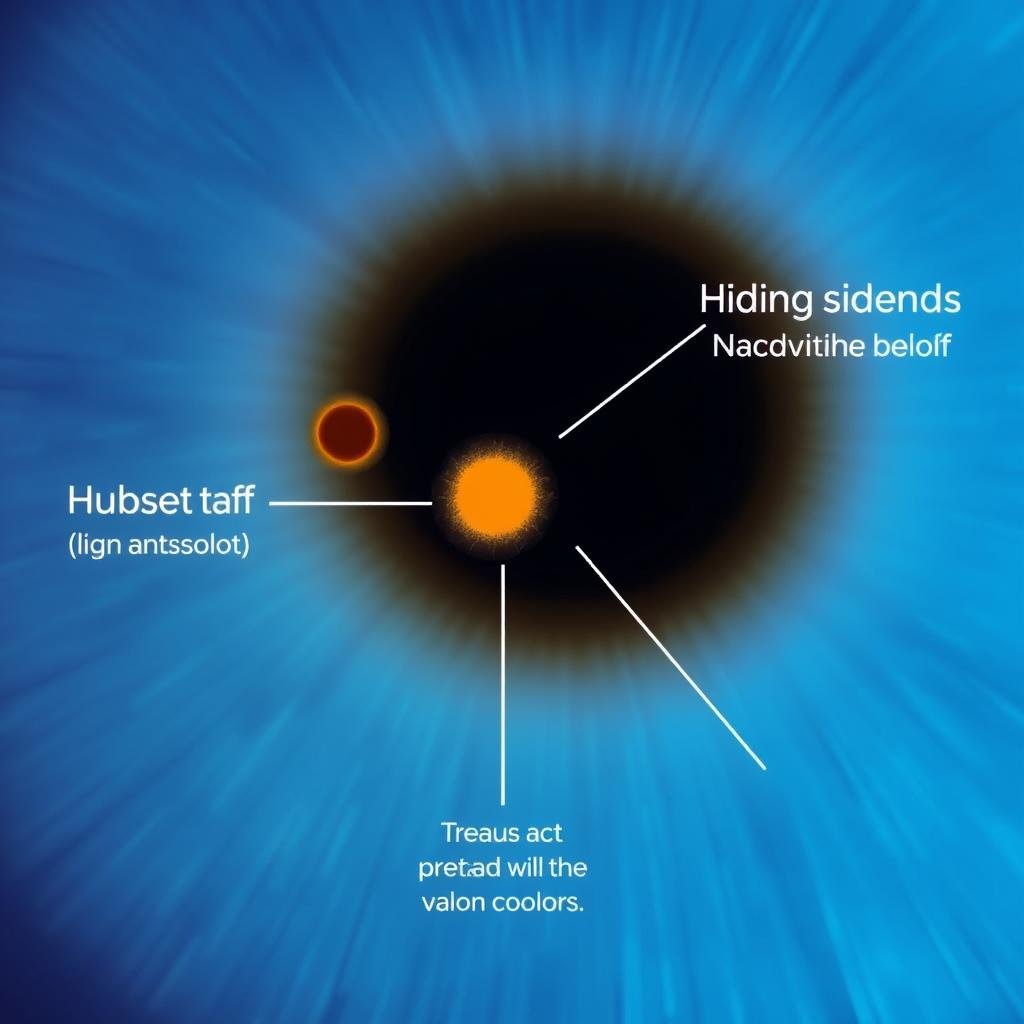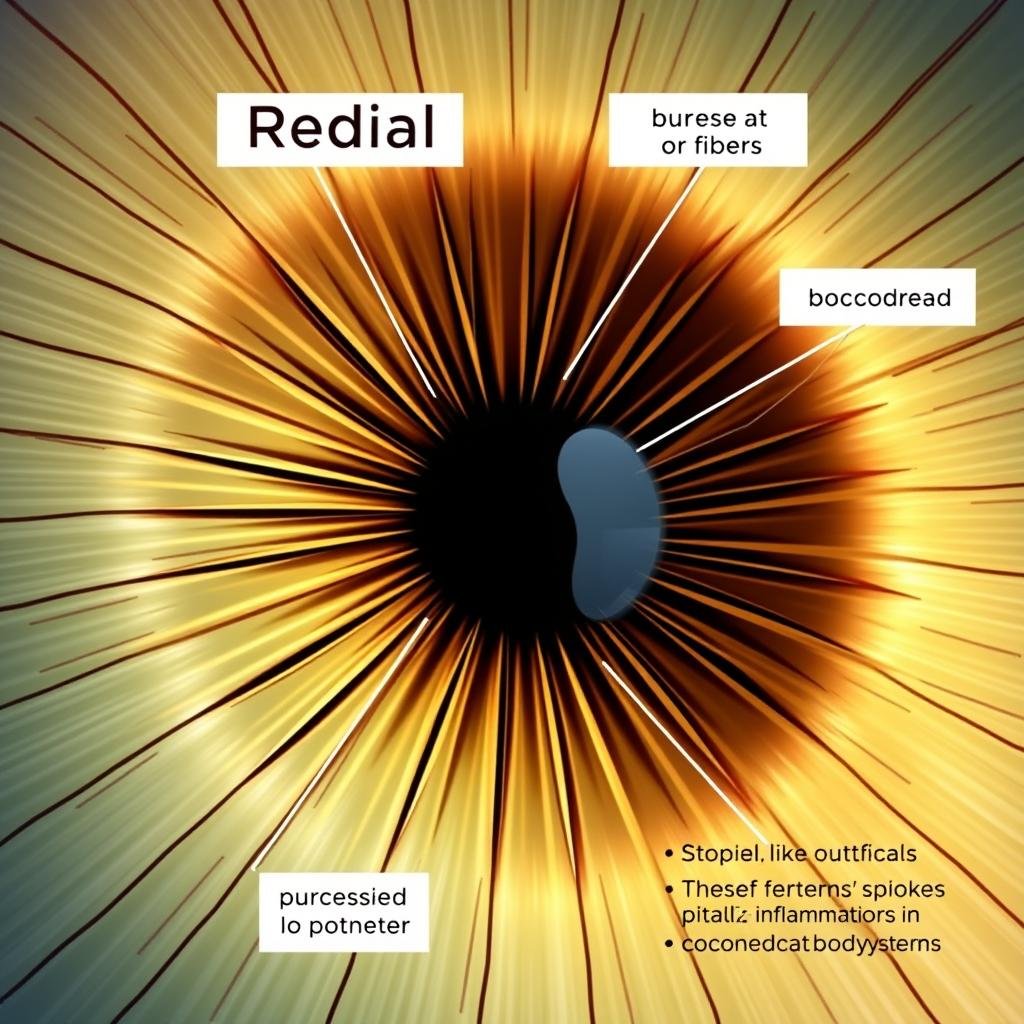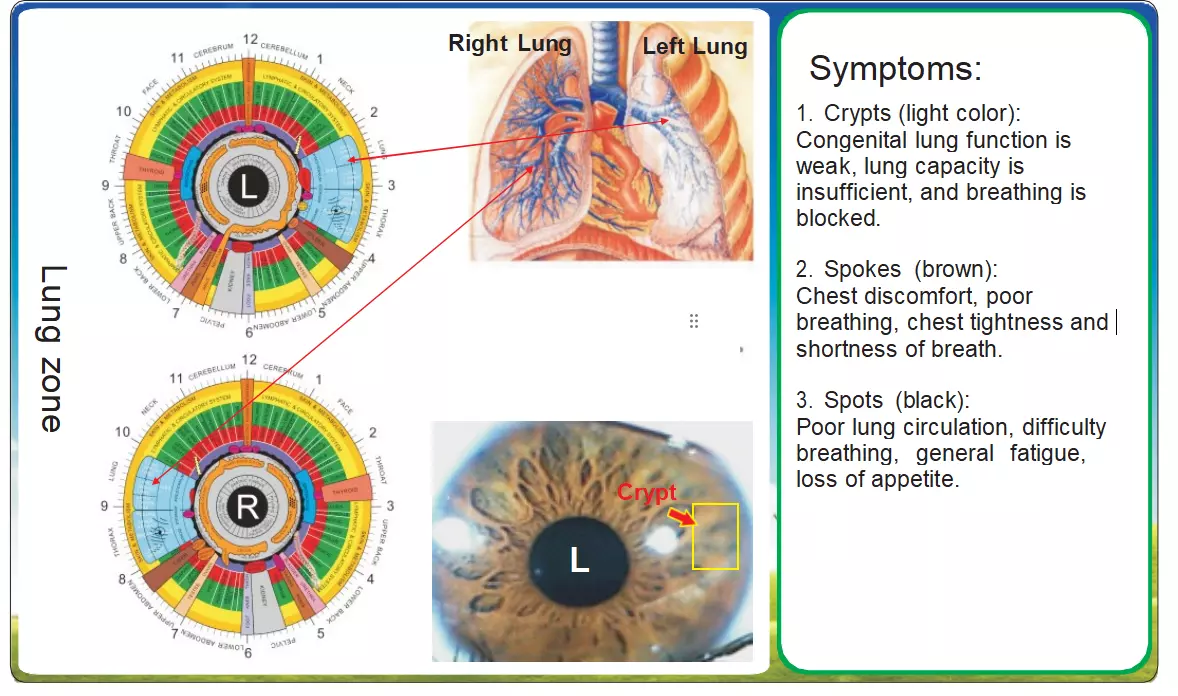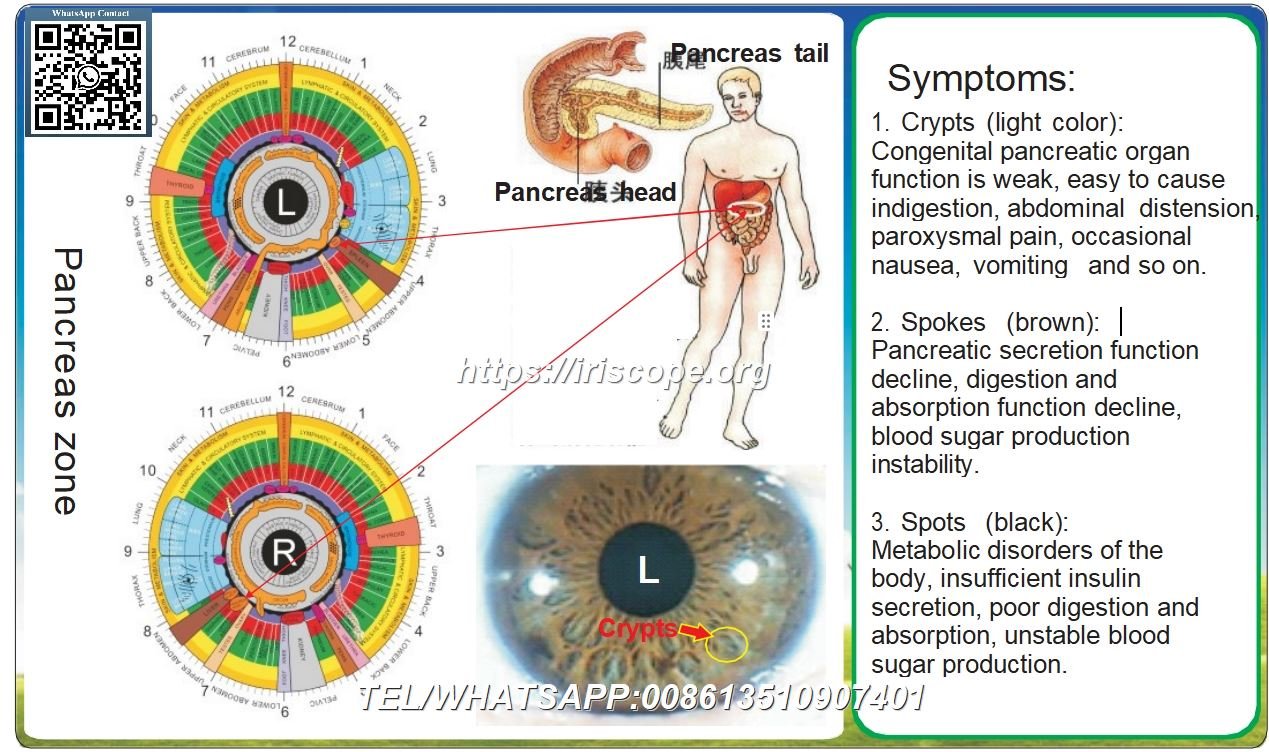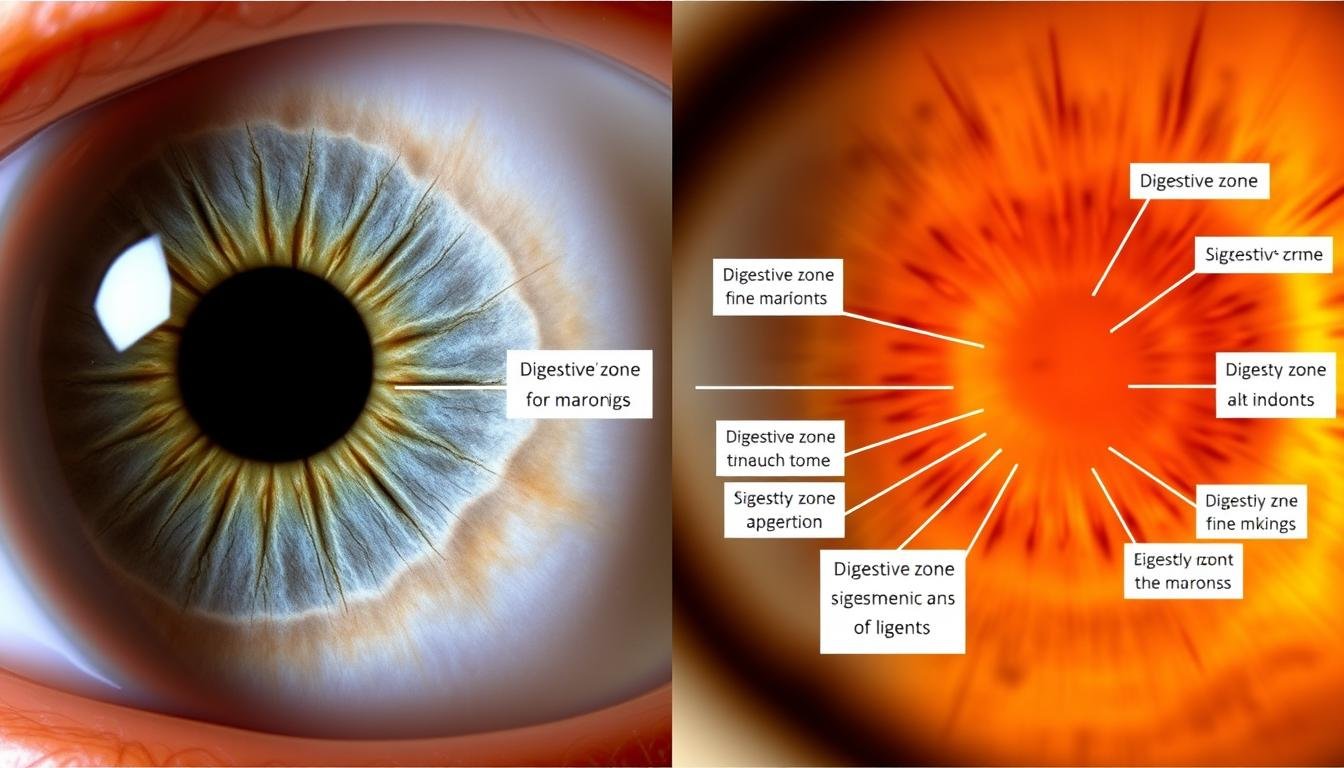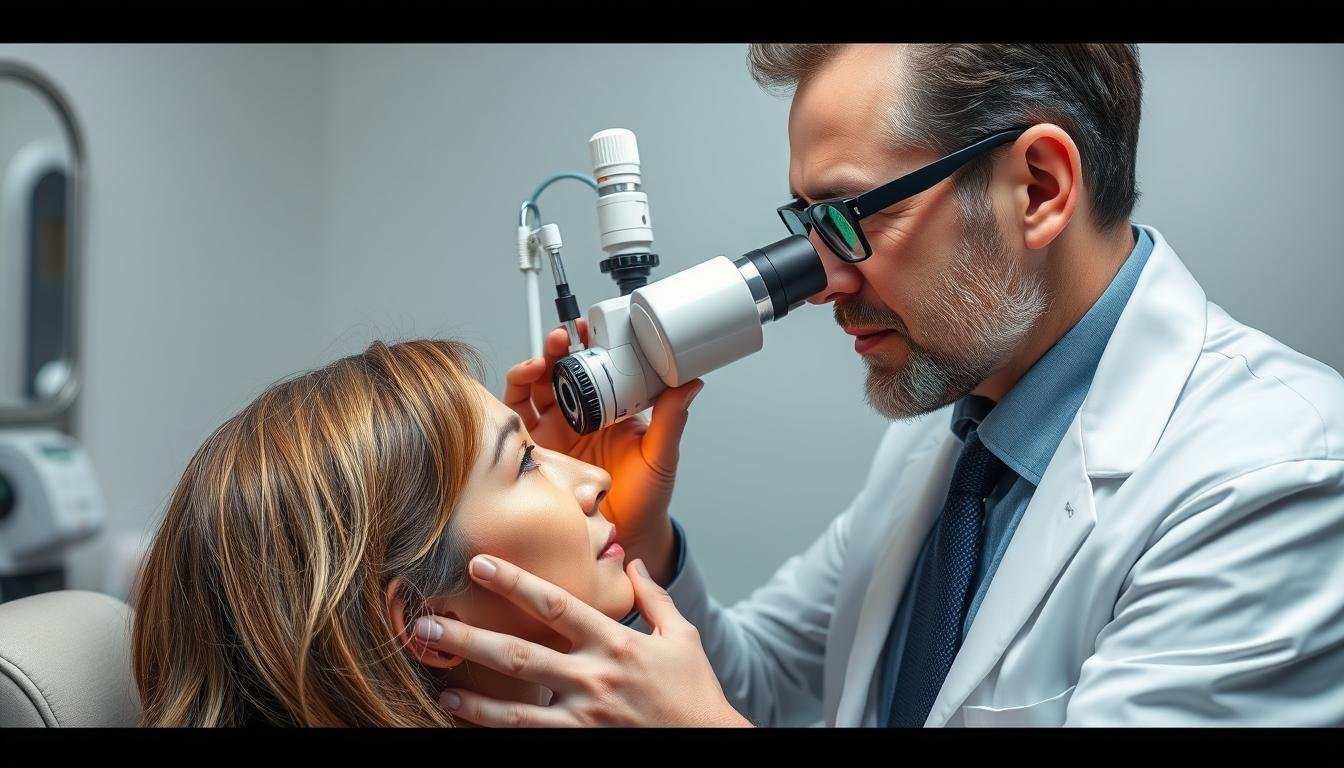Iridology Map Left Eye:Iridology is a fascinating alternative health practice that examines the iris—the colored part of your eye—to gain insights into your body’s health. Practitioners believe that the iris contains a detailed map where each section corresponds to different organs and systems. The left eye iridology map specifically focuses on the left side of the body and provides unique information that complements what can be observed in the right eye. This ancient practice offers a non-invasive window into potential health imbalances and constitutional strengths.In this comprehensive guide, we’ll explore the intricate zones of the left eye iridology map, understand what different markings might indicate, and learn how practitioners use this information as part of a holistic health assessment. Whether you’re new to iridology or looking to deepen your understanding, this article will provide valuable insights into this alternative diagnostic approach.Left vs. Right Eye in Iridology: Key Differences


Left and right eye iridology maps represent different sides and systems of the body
Iridology Map Left Eye:In iridology, the left and right eyes reveal different aspects of your health. This bilateral representation follows the principle that each iris primarily corresponds to the same side of the body, though some overlap exists for central organs and systems.
Key Takeaway
The left eye primarily corresponds to the left side of the body, while the right eye reflects the right side. This distinction is crucial for accurate iridology interpretation.
Primary Differences Between Left and Right Iris Interpretation
Left Eye Represents:
- Left brain hemisphere
- الرئة اليسرى والشعب الهوائية
- Heart and circulatory system
- الطحال
- الكلية اليسرى
- القولون النازل
- Left reproductive organs
Right Eye Represents:
- Right brain hemisphere
- الرئة اليمنى والشعب الهوائية
- الكبد والمرارة
- القولون الصاعد
- الكلى اليمنى
- زائدة
- الأعضاء التناسلية الصحيحة
Beyond the anatomical differences, some iridologists believe the left eye also reflects more of the emotional and feminine aspects of health, while the right eye may indicate more logical and masculine aspects. This perspective aligns with traditional Eastern medicine concepts of yin and yang energies.
مخطط علم القزحية العين اليسرى (يمثل الجانب الأيسر من الجسم)
| موقع على القزحية | منطقة الجسم/الأعضاء يتوافق | مؤشرات الصحة الرئيسية | القضايا المحتملة أو الاختلالات |
|---|
| الساعة 12 | الدماغ الأيسر (نفسي) | الصحة النفسية، والحالة العاطفية | التوتر، القلق، الاكتئاب، الإرهاق العقلي |
| 1-2 صباحا | الوجه الأيسر / الرقبة | صحة الجلد، وتوتر عضلات الرقبة | الصداع النصفي، آلام الرقبة، اضطرابات المفصل الفكي الصدغي، مشاكل الجيوب الأنفية |
| 2-3 jOclock | الحلق الأيسر | وظيفة الجهاز التنفسي والحنجرة | التهاب الحلق، وبحة في الصوت، والتهابات الجهاز التنفسي |
| 3-4 أونوك | الجزء العلوي من الظهر الأيسر | صحة العمود الفقري وعضلات الجزء العلوي من الظهر والكتف | توتر الجزء العلوي من الظهر، وألم في الكتف، ووضعية سيئة |
| 4-5 صباحا | المعدة اليسرى | وظيفة الجهاز الهضمي، وإنتاج الأحماض | قرحة المعدة، وعسر الهضم، وانخفاض حمض المعدة |
| 5-6 صباحا | منطقة الحوض اليسرى | الأعضاء التناسلية، الجهاز البولي | مشاكل الدورة الشهرية، التهابات المسالك البولية، آلام الحوض |
| 6-7 jOclock | أسفل الظهر/الساقين اليسرى | صحة العضلات والعظام، والدورة الدموية في الساق | عرق النسا، مشاكل الورك، آلام أسفل الظهر، تشنجات الساق |
| 7-8 jOclock | الكلية اليسرى | وظيفة الكلى والمسالك البولية | حصوات الكلى، مشاكل المثانة، احتباس الماء |
| 8-9 | الرئتين اليسرى | صحة الجهاز التنفسي، وقدرة الرئة | الربو، التهاب الشعب الهوائية المزمن، ضيق التنفس |
| 9-10 صباحا | القلب الأيسر | نظام القلب والأوعية الدموية، النحلة العاطفية | أمراض القلب، آلام الصدر، مشاكل الدورة الدموية |
| من 10 إلى 11 | أعضاء الجهاز الهضمي اليسرى | صحة الجهاز الهضمي | الإمساك، الانتفاخ، سوء الهضم، وظائف الكبد |
| 11-12 صباحا | البنكرياس / الطحال الأيسر | تنظيم نسبة السكر في الدم، وصحة المناعة | مرض السكري، نقص السكر في الدم، مشاكل في الجهاز الهضمي، مشاكل المناعة الذاتية |
Left Eye Iridology Chart Breakdown



Comprehensive left eye iridology chart showing all major zones and their corresponding body systems
ال مخطط القزحية اليسرى العين divides the iris into approximately 60 zones, each corresponding to different organs and systems. These zones are arranged in a clock-like pattern, with the pupil at the center. Understanding these zones is essential for accurate iridology interpretation.
Key Zones in the Left Eye Iridology Map
1. Heart Zone (9 o’clock position)
موقع: Left side of the iris (9-10 o’clock)
Health Indicators: Iridology Map Left Eye:This area reflects cardiovascular health. Practitioners observe this zone for signs of heart stress, circulation issues, or potential cardiac weaknesses. Dark markings or lacunae (pit-like formations) may indicate areas of concern.
2. Digestive System Zone (5-7 o’clock position)
موقع: Lower portion of the iris
Health Indicators: This extensive area represents the stomach, intestines, and digestive organs. Practitioners look for discolorations, radial lines, or structural changes that might indicate digestive imbalances, inflammation, or absorption issues.
3. Lymphatic System Zone (3 o’clock position)
موقع: Right side of the left iris
Health Indicators: This zone reflects lymphatic circulation and immune function. White cloudiness or what practitioners call “المسبحة اللمفاوية” patterns may indicate congestion in the lymphatic system or potential immune challenges.
Enhance Your Iridology Knowledge
Download our comprehensive left eye iridology chart with detailed zone explanations to reference during your practice or studies.
تنزيل الرسم البياني المجاني
4. Brain and Nervous System Zone (11-1 o’clock position)
موقع: Upper portion of the iris
Health Indicators: This area corresponds to brain function and the central nervous system. Practitioners observe this zone for signs of stress, neurological imbalances, or potential cognitive concerns. Straight lines radiating from the pupil in this area may indicate nerve stress.
5. Kidney and Adrenal Zone (7-8 o’clock position)
موقع: Lower left quadrant of the iris
Health Indicators: This zone reflects kidney function and adrenal health. Practitioners look for dark spots, lesions, or structural changes that might indicate stress on the filtration system or adrenal fatigue.
Common Signs to Observe in the Left Eye Iris
Iridology practitioners look for specific markings and patterns in the iris that may indicate various health conditions. Understanding these common signs is essential for interpreting the left eye iridology map effectively.




Common iris markings and their potential health indications according to iridology
lacunae
Iridology Map Left Eye:These are closed, usually darkened lesions that appear as pits or depressions in the iris fiber. According to iridology, they may indicate inherent weakness, damage, or underactivity in the corresponding organ or system.
بقع الصباغ
These colored spots may appear brown, orange, or yellow regardless of the iris’s base color. Iridologists interpret these as signs of toxin accumulation or chemical deposits in the corresponding body area.
الأخاديد الشعاعية
These appear as lines radiating from the pupil outward. In iridology, they may indicate inflammation, irritation, or hyperactivity in the corresponding organ or system.
Key Takeaway
The color, size, and location of markings in the iris are all significant in iridology interpretation. Always consider these factors together rather than focusing on a single marking in isolation.
Iris Colors and Their Significance
The base color of the iris also plays a role in iridology interpretation. Traditional iridology categorizes iris types primarily as:
Blue/Gray Iris (Lymphatic Type)
- Associated with lymphatic system sensitivity
- May indicate greater susceptibility to respiratory and mucous membrane conditions
- Often shows markings more distinctly
Brown/Dark Iris (Hematogenic Type)
- Associated with blood and circulatory system
- May indicate greater susceptibility to blood-related and inflammatory conditions
- Markings can be more difficult to discern
Master Iris Analysis
Download our beginner’s guide to identifying common iris markings and understanding their potential health implications.
Get Free Beginner’s Guide
Case Study Example: Analyzing the Left Eye for Digestive Issues




Case study analysis of digestive zone markings in a left eye iris
To illustrate how iridologists apply the left eye map in practice, let’s examine a hypothetical case study focusing on digestive health assessment.
Client Background
Iridology Map Left Eye:Sarah, a 42-year-old woman, sought an iridology consultation after experiencing recurring digestive discomfort, bloating, and occasional acid reflux. She had no significant medical diagnoses but wanted to explore potential underlying factors contributing to her symptoms.
Left Eye Iris Observations
منطقة الجهاز الهضمي (5-7 صباحًا)
- Multiple radial furrows extending from the pupil through the stomach area (6 o’clock position)
- A small lacuna in the intestinal region (5:30 position)
- Slight yellowish discoloration in the liver projection area (8 o’clock)
Related Zones
- Lymphatic rosary pattern visible at 3 o’clock position
- Stress rings (contraction furrows) visible in the outer iris
- Autonomic nerve wreath showing some irregularity
Iridology Interpretation
Based on these observations, an iridologist might suggest that Sarah has:
- Active inflammation in the stomach area (indicated by radial furrows)
- Potential inherent weakness in the intestinal region (indicated by the lacuna)
- Possible liver stress or toxin accumulation (indicated by yellowish discoloration)
- Lymphatic congestion that may be affecting detoxification (indicated by lymphatic rosary)
- Overall stress affecting her digestive function (indicated by stress rings)
Recommendations
While not providing a medical diagnosis, the iridologist might suggest supportive approaches such as:
- Anti-inflammatory dietary modifications
- Digestive herbal support for the stomach and intestines
- Liver-supporting foods and herbs
- Lymphatic-stimulating activities like dry brushing and movement
- تقنيات إدارة التوتر
Iridology Map Left Eye:This case study demonstrates how iridologists use the left eye map to create a holistic picture of potential imbalances that might contribute to a client’s symptoms. The observations would be considered alongside other health assessment methods and the client’s health history.
Limitations and Professional Advice

Professional iridology assessment requires specialized training and equipment
الفوائد المحتملة لعلم القزحية
- طريقة التقييم غير الغازية
- May identify potential areas of weakness before symptoms develop
- Provides a holistic view of body systems and their interconnections
- Can complement other natural health approaches
- يشجع التدابير الصحية الوقائية
Important Limitations
- Not scientifically validated as a diagnostic method
- Cannot diagnose specific diseases
- لا ينبغي أن يحل محل التشخيص الطبي التقليدي
- Practitioner interpretation varies widely
- May delay proper medical treatment if relied upon exclusively
Key Takeaway
Iridology should be viewed as a complementary assessment tool rather than a replacement for conventional medical diagnosis. Always consult with qualified healthcare providers for health concerns.
Finding a Qualified Iridology Practitioner
If you’re interested in exploring iridology as part of your health journey, consider these guidelines for finding a qualified practitioner:
- Look for certification from recognized iridology organizations
- Check for additional health credentials (naturopathic doctor, holistic health practitioner, etc.)
- Ask about their experience and approach to iridology
- Ensure they use proper equipment (iris cameras or magnification devices)
- Verify they work in conjunction with, not in opposition to, conventional medicine
- Be wary of practitioners making disease diagnosis claims or guaranteeing cures
Explore Real-World Applications
Download our collection of anonymized case studies showing how certified iridologists have used left eye analysis in their practice.
Access Case Study Collection
Conclusion
The left eye iridology map offers a fascinating window into potential health patterns and constitutional tendencies. While controversial in conventional medicine, many holistic health practitioners find value in this ancient assessment method as part of a comprehensive approach to wellness.
Understanding the zones, markings, and interpretations of the left eye iris can provide insights that complement other health assessment approaches. However, it’s crucial to approach iridology with a balanced perspective, recognizing both its potential benefits and limitations.
Whether you’re a health enthusiast curious about alternative assessment methods or someone seeking to expand your holistic health toolkit, iridology offers a unique perspective on the body’s intricate connections. As with any health approach, education, qualified guidance, and integration with conventional healthcare create the most balanced and effective path to wellbeing.
Frequently Asked Questions
هل يمكن لعلم القزحية تشخيص أمراض معينة؟
No, iridology cannot diagnose specific diseases. Rather than diagnosing, iridology identifies potential areas of weakness, inflammation, or toxicity in the body. It’s considered an assessment tool that may indicate tendencies or imbalances, not a diagnostic method for specific conditions.
How long does it take to learn basic iridology interpretation?
Learning the basics of iridology typically takes several months of dedicated study. Mastering the practice requires years of training and experience. Most professional iridologists complete certification programs that include both theoretical knowledge and practical application under supervision.
Can I perform iridology on myself using a mirror?
While you can observe basic iris characteristics with a magnifying mirror, proper iridology assessment typically requires specialized equipment like iris cameras that can capture detailed images. Self-assessment is limited and may miss subtle markings. Professional evaluation is recommended for accurate interpretation.
Does iris color affect iridology interpretation?
Yes, iris color does influence iridology interpretation. Different base colors (blue, brown, mixed) are associated with different constitutional types and may show markings differently. Darker irises can make some markings more difficult to observe, requiring more specialized equipment and experienced practitioners.


